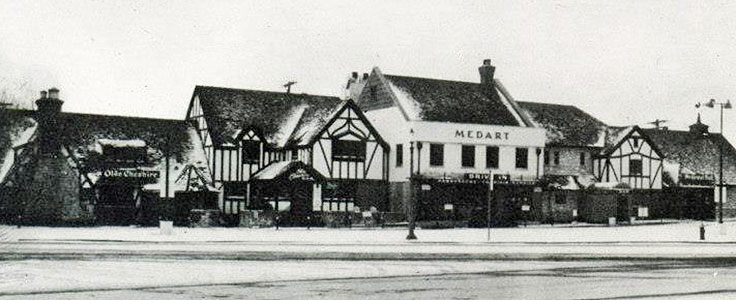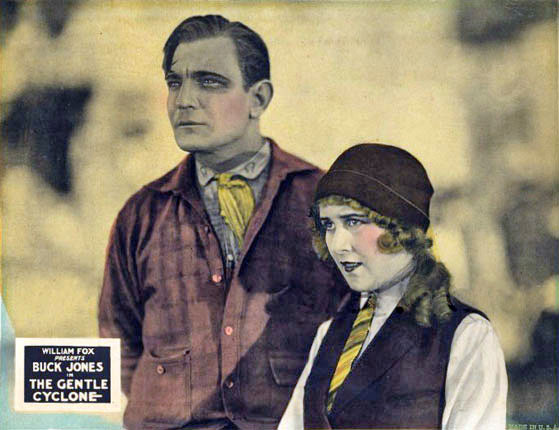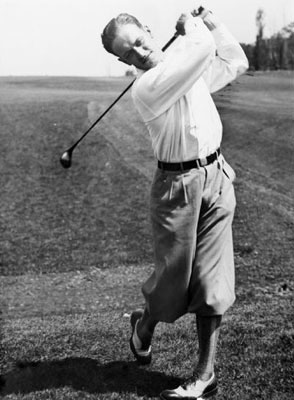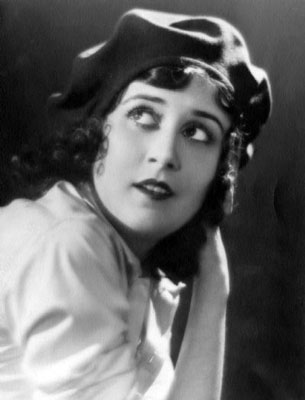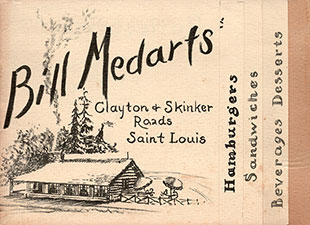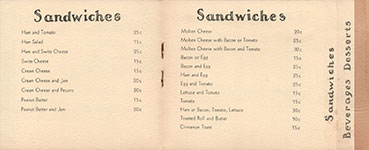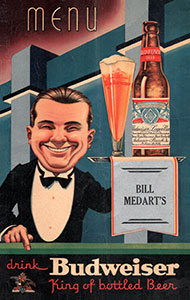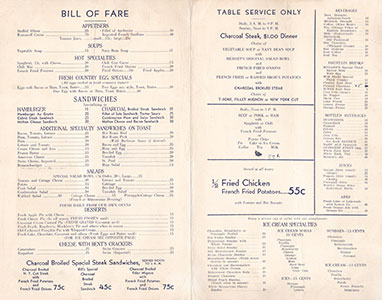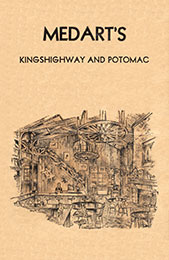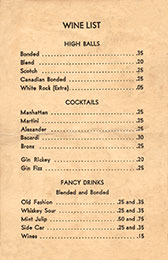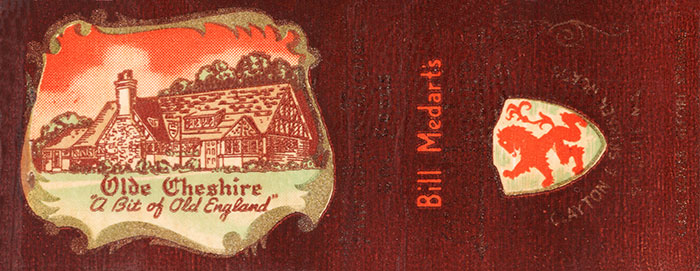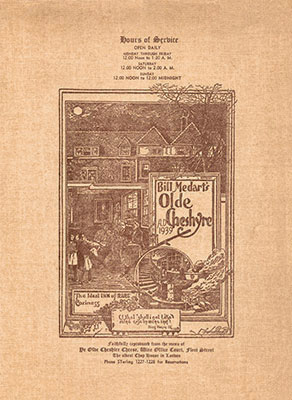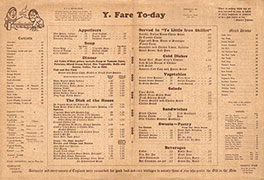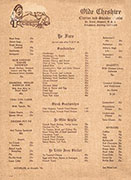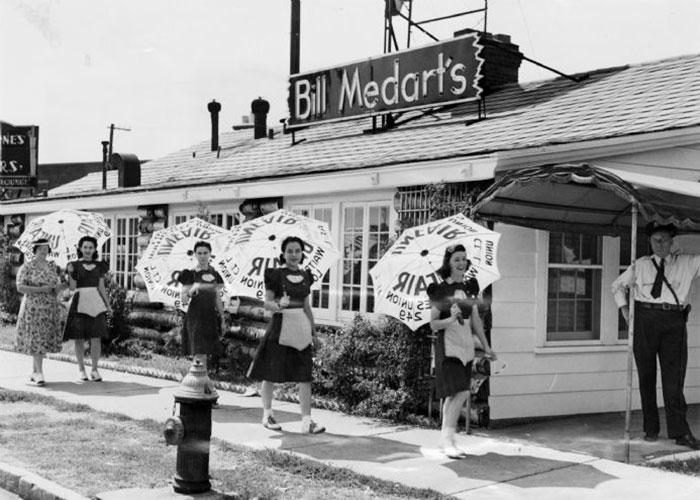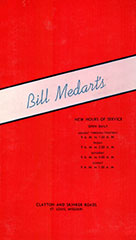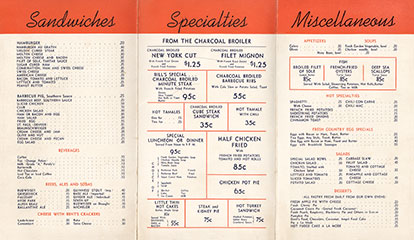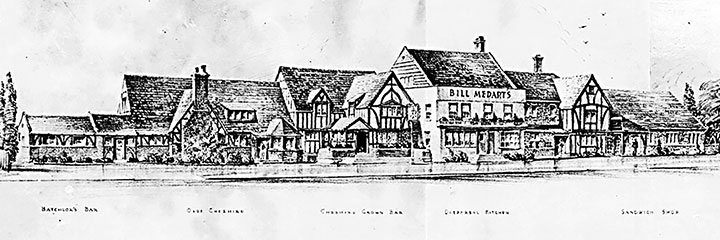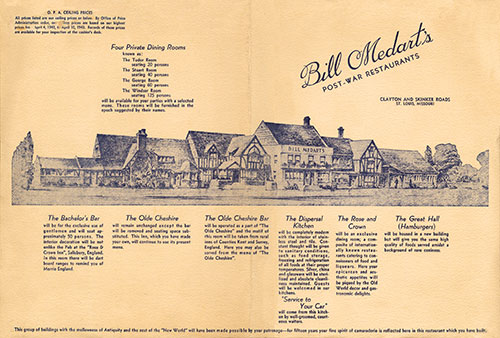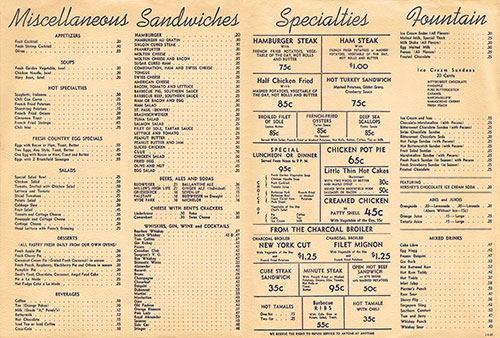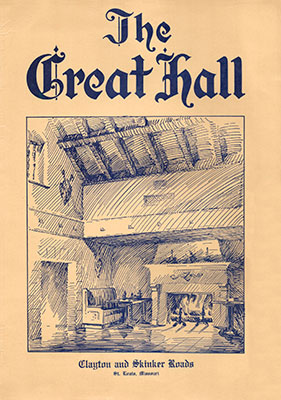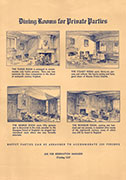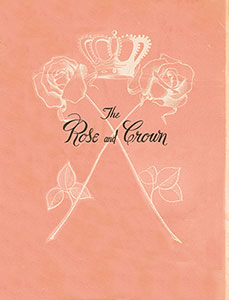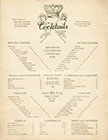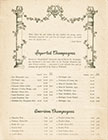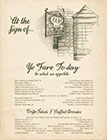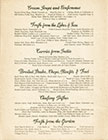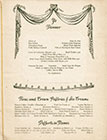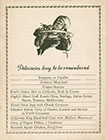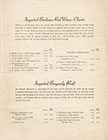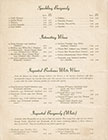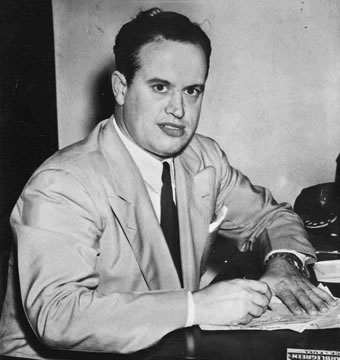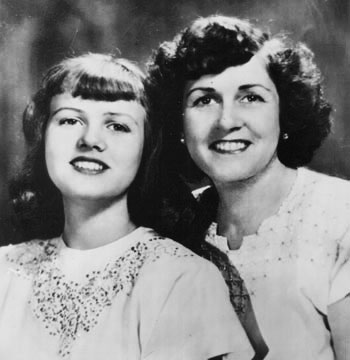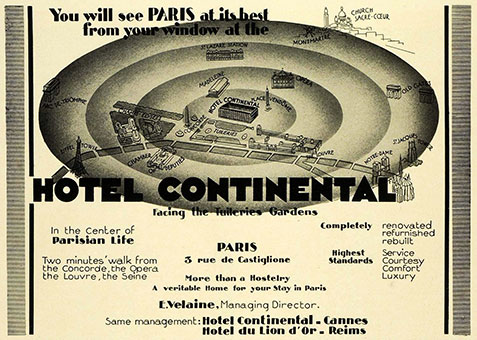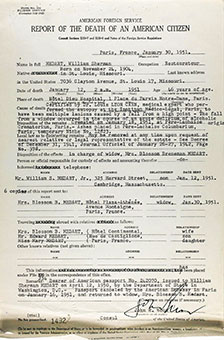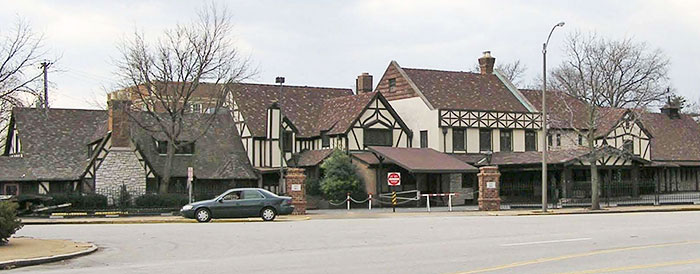|
Medart's
Blossom Rose Breneman was born in St. Louis on March 14, 1905. She grew up in Kirkwood and attended Kirkwood High School. After graduating in 1922, she studied art for two years at Washington University and then left to pursue a career in the movies.
From 1926 to 1928, first in New York and then
in Hollywood, Blossom appeared as "Rose Blossom" and "Donal Blossom"
in a number of silent movies with such costars as Buck Jones and
Jason Robards.
William Sherman Medart was born in Belleville, Illinois on November 24, 1904. After graduating Clayton High School, he attended both Washington University and the University of Missouri. Upon leaving college, he tried selling bonds and insurance, and then worked for his father, Philip S. Medart, selling gymnastic equipment for the Fred Medart Manufacturing Company. But Bill Medart's true love was golf. He spent much of his time on the golf course and became widely known as one of the leading amateurs in the St. Louis district.
It was on a golfing tour in Hollywood that Bill
Medart met Blossom Breneman. They fell in love and were married on
October 10, 1928 in St. Louis.
After honeymooning in Chicago, the Medarts returned briefly to Hollywood, where Blossom put the finishing touches on her last movie, The Bride of the Colorado, a Cecil B. DeMille production. While in Beverly Hills, the Medarts were impressed by an entrepreneurial acquaintance who had "made a million in five years" selling California burgers. Roadside sandwich stands were springing up throughout the West, and Bill Medart thought one could succeed in St. Louis, although Blossom had reservations.
The Medarts returned to their St. Louis apartment in the Gatesworth Hotel. They bought some hamburger, cooked a few patties, piled them high with pickle relish, onion and lettuce, and decided they hadn't eaten anything quite like them before. Blossom recalled cooking more hamburger the next day.
The Medarts found an orange-painted A&W Root Beer stand at the corner of Clayton and Skinker which they believed would be a prime location for their hamburger stand. With financial help from their parents, the couple leased the stand, with its counter and eight stools, and repainted it white with green trim. The Medarts opened their new venture at 7036 Clayton Road on October 9, 1930. They started with some 50 pounds of ground beef, representing 250 hamburgers to be sold. Blossom wondered what they had gotten themselves into.
Coincidentally, the Veiled Prophet ball and
parade was held that same night, the parade ending just a few blocks
away. By 9:00, throngs of parade goers were dropping by for snacks,
and by 11:30, the Medarts had to close their stand – there was
nothing left to sell. From the start, Medart’s was a success.
The Medarts called their new restaurant "The
Cottage." Bill cooked the hamburgers and Blossom baked cocoanut
pies. The burgers were half cloaked in a napkin to catch juices from
the meat, lettuce, pickle, onion and a special mayonnaise-based
green relish.
On March 5, 1931, a permit was issued for demolition of the Medarts' hamburger stand. Blossom explained.
The new stand was called simply Bill Medart's. But the birch logs soon deteriorated and became a fire hazard. A permit to alter the restaurant was issued in 1933.
The "rebuilt" Bill
Medart's was constructed mostly of red brick, though much of the
original building remained enclosed within the new construct. The
interior was a single room, with brick floors and walls.
1n 1932, when the
depression hit his father's gymnastic equipment business, Bill Medart opened a Medart's
restaurant at 3427 South Kingshighway, which Phillip Medart ran successfully until it closed
in January of 1956. In 1939, the Medarts began expanding. A two-story restaurant and tavern they called the Olde Cheshire was added to the west end of Bill Medart's hamburger stand. The design was based on a 14th century cottage which the Medarts had visited on a 1938 trip to England. The building had rustic brick walls set off by a stone chimney, half timber and stucco gables. Leaded casement windows and a shingle tile root added to the exterior effect. The interior contained a rough oak beamed ceiling, half timbered and plastered walls, oak paneling, an English bar and furniture.
A central taproom accommodated 100 patrons. The
addition allowed for a more formal sit-down dining option,
complimenting the walk-up
hamburger stand.
On July 19, 1941, waitresses at Bill Medart's went on strike to demand higher wages. Twenty waitresses established a picket line in front of the restaurant. Management hired new waitresses and "car hops" were brought inside to wait on tables. The restaurant continued operating, while knots of passersby watched the pickets.
A representative of the waitresses contended
they were paid $7 for a six-day week, had to furnish their own food
and uniforms, and had to pay a bus-girl 90 cents a week. They
asserted the waitresses worked nine hours on weekdays and 10 hours
on Saturdays. The union asked that the waitresses be paid $15 a week
for six eight-hour days, with uniforms and bus-girls service
furnished by management.
The strike dragged on
for eight months, with fisticuffs, stench bombs and a real bomb
thrown through the roof of the Olde Cheshire. There was finally a
settlement on March 16, 1942, with the waitresses receiving most of
what they had asked for. In October of 1942, the Medarts purchased a four-family flat at 7060 Clayton road and the Sinclair gas station just east of it. The Medarts were preparing for further expansion after the end of World War II. In April of 1945, after three years of planning, a drawing of the proposed expansion was prepared by Schmidt & Cook architects. The new structure would model an English village street, incorporating the architecture inspired by photographs the Medarts obtained on their 1938 trip to England.
The original drawing designated a Bachelor’s
Bar (men only), the Old Cheshire, the Cheshire Crown Bar, a
Dispersal Kitchen and a Sandwich Shop.
A January 1946 menu featured an updated drawing. The Sandwich Shop at the west end of the structure was replaced by the Great Hall and the Rose and Crown. The menu also noted that the Dispersal Kitchen would provide "service to your car" by "well-groomed, courteous waiters."
In 1947, The Great Hall
opened at the west end of the complex. The menu offered "from
hamburgers to complete dinners" in an informal environment. The Rose and Crown opened on November 24, 1949.
In May of 1950, the Medarts traveled to Europe
for a year's stay with their son Edward and their daughter Mimi.
Edward Medart, who was being groomed to enter the family’s
restaurant business, was studying at the Sorbonne in Paris. Mimi
(Marie Devereaux Medart) was in London for a year, studying art,
history, French and Italian. The Medarts' oldest son, William Jr.,
was studying at Harvard.
By January of 1951, the family was staying at the Hotel Continental in Paris, along with Blossom's mother, Mrs. Edward Breneman. On the night of January 11, Blossom went out to the theater with her children, while her husband remained at the hotel. When they returned, they found Bill Medart in the hotel bar, where he had been drinking. Medart had been depressed about world affairs and had been insisting for some time that the family return to the United States. They had disagreed with him and wanted to remain abroad. When the Medarts went up to their fifth-floor hotel suite, Mimi related her father, "insisted that we all go home immediately and he even started to pack a bag. We tried to talk him into staying and finally he just ran to the window and opened it and said he was leaving immediately." Bill Medart plunged through the window to his death. He was 46 years old. The body was found at approximately 1:30 a.m. on January 12 in the fashionable Rue de Rivoli. Paris police initially listed the death as a suicide, but said the possibility of accidental death was "not absolutely excluded." Jules H. Diekroeger, who managed the Medarts' restaurants, said he and Medart had discussed business by telephone regularly and the last call had been two or three days prior to Medart's death. "He was not depressed or upset by anything," Diekroeger said. "He certainly had no reason to commit suicide. He had reached the peak of his career." A Paris police official, discussing Medart’s death, said, "The Medarts were arguing and when Mr. Medart said he was leaving for London – at 1:30 in the morning – his wife urged him to wait until morning, saying it would be time enough then to decide. She locked the door. Mr. Medart rushed to the window, shouting, 'I’m going out – I’m going out.' He might easily have taken the balcony for the normal exit from the room. And as the balcony railing came up only to his hips, he might have fallen accidentally."
The official autopsy
report stated the cause of death "to have been multiple lesions
caused by a fall from a high point. The fall from a window occurred
in the course of an acute delirium of alcoholic origin."
Blossom Medart became full owner of the restaurants and property, which were valued at $1,000,000. She eventually remarried a French surgeon, Dr. Mairza Amara In 1958, there were rumors that Medart's might be sold. Blossom said no.
In
1960, Blossom sold Medart's to a corporation headed by Stephen J. Apted,
vice president of Hulling's Cafeterias. The restaurant was closed
for remodeling and reopened as the Cheshire Inn.
Copyright © 2023 LostTables.com |

